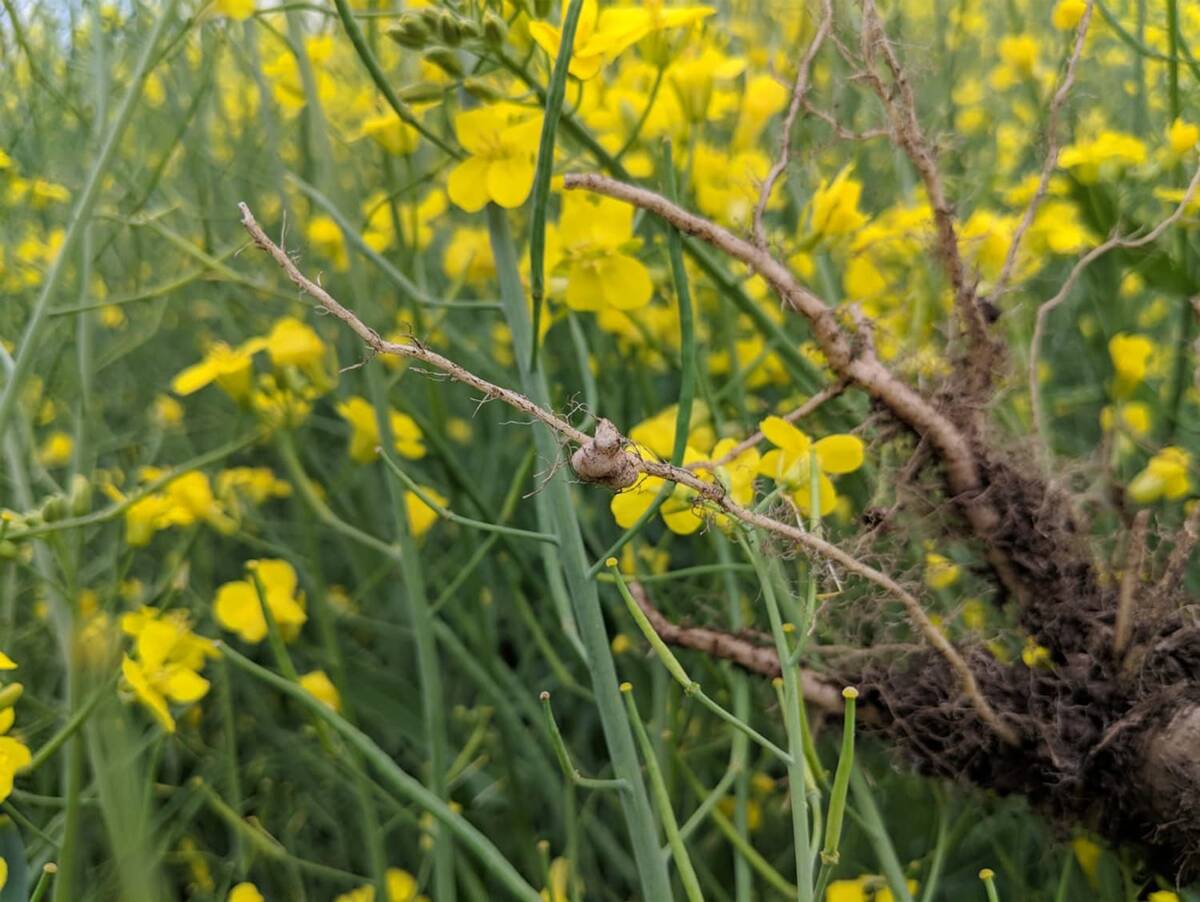Journalists have written dozens of articles in recent years warning of the impending danger of dwindling supplies of phosphorus.
Widely read publications, includingForbes, Scientific AmericanandThe Timesof London, have told readers that peak production of the critical plant nutrient will arrive by 2035, followed by a mad scramble for a shrinking and irreplaceable resource.
But according to American geologist Steven Van Kauwenbergh, the idea of an impending phosphorus shortage is nothing but a large load of fertilizer.
Last September, Van Kauwenbergh and the International Fertilizer Development Centre (IFDC) estimated that there are sufficient phosphate rock reserves to produce phosphate fertilizer for the next 300 to 400 years.
Read Also

Going beyond “Resistant” on crop seed labels
Variety resistance is getting more specific on crop disease pathogens, but that information must be conveyed in a way that actually helps producers make rotation decisions.
“We don’t think we’re on the verge of a crisis here. Mankind has a while yet to figure this out,” Van Kauwenbergh said.
The IFDC report surprised experts and environmentalists who had become fixated on the prospect of rapidly approaching peak phosphorus production, followed by a fall off and rapidly escalating costs.
But the information wasn’t a shock to David Asbridge, a fertilizer industry analyst in St. Louis, Missouri.
“There was a lot of media stuff for awhile about running out of phosphates. I don’t know where it came from or who was pushing it. Maybe it was the producers (of fertilizer) trying to get higher prices,” said Asbridge, president and senior economist at NPK Fertilizer Advisory Service.
“It appears that we’ve got plenty of phosphates.
















